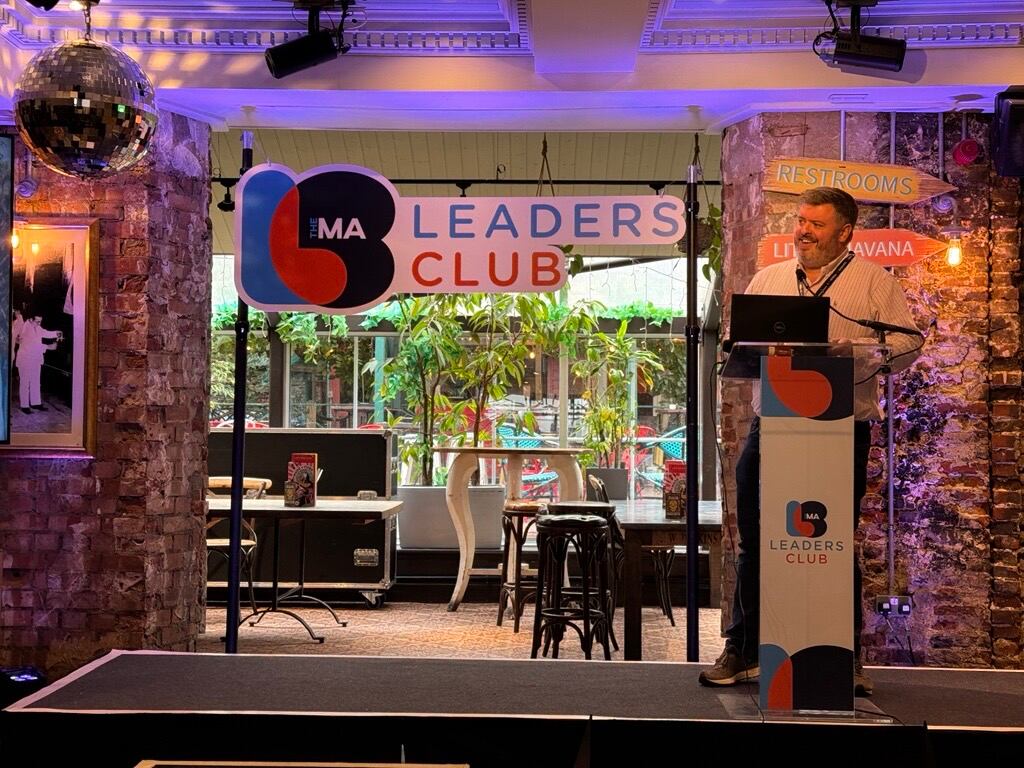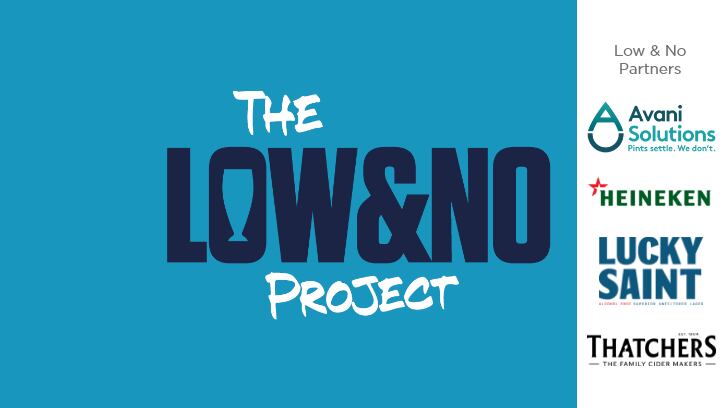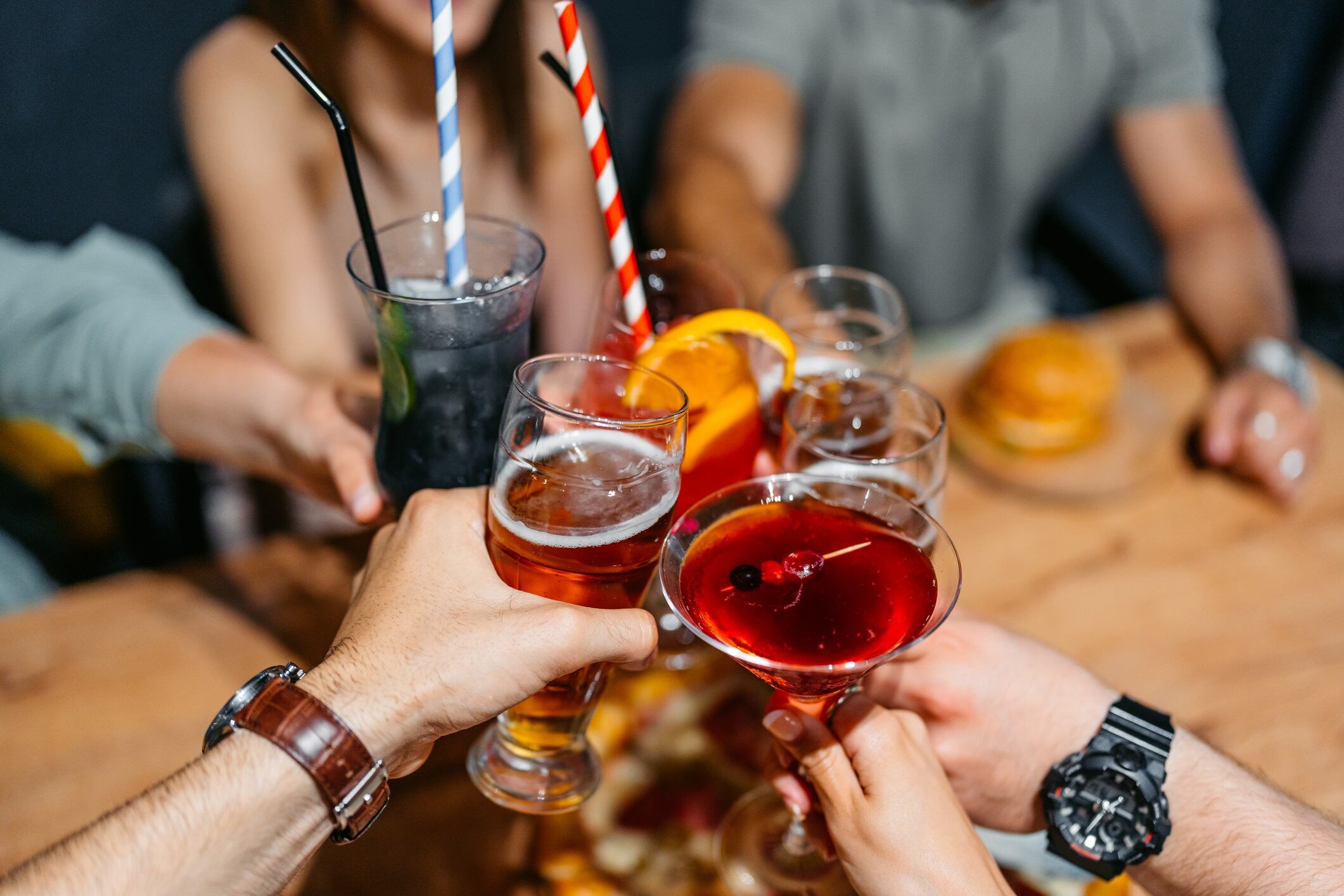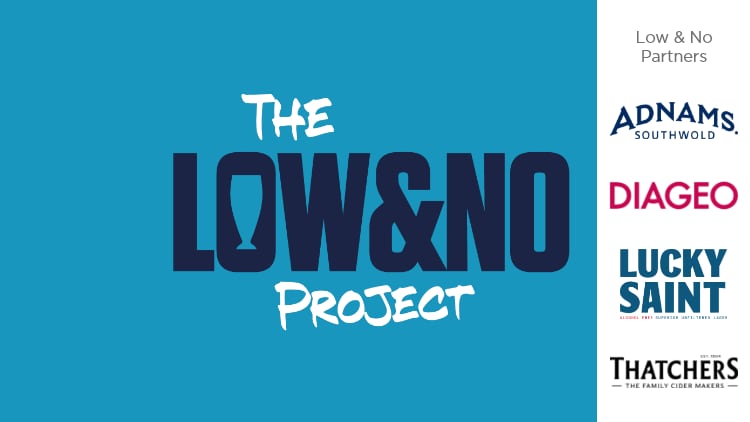Nearly three-quarters (74%) of business leaders think this will significantly impact the hospitality sector, research presented at the MA Leaders conference in Norwich last week showed.
The findings, drawn from a survey conducted by Reach on behalf of CGA by NIQ, highlighted a major shift in consumer behaviour.
Total alcohol consumption in the UK dropped by 23 percentage points (pp) last year, with 32.6% of respondents drinking less than the year before. Just 9.5% reported drinking more.
Cost-of-living pressures were cited as the second biggest reason for moderation, particularly in spirits, with 54% of consumers having said they were cutting back due to financial constraints.
Other key drivers included health, lifestyle changes, avoiding hangovers and going out less.
Choosing better
Speaking at the MA Leaders conference in Norwich on Wednesday 8 October, CGA client director Chris Sterling told delegates: “The key message here is that, yes, people are drinking a little bit less and they aren’t going out quite as often, but when they do, they are choosing better.
“They are choosing more expensive drinks and they are prepared to spend that little bit more when they are out. The trade-off for that is they demand a better experience and are looking for quality.”

The moderation trend has also fuelled demand for adult-focused soft drinks. Some 66% of consumers said they would like to see a better range of soft drinks targeted exclusively at adults, while 62% wanted healthier options in pubs and bars, particularly younger drinkers.
Figures from CGA showed 27% of consumers planned to drink more soft drinks when visiting the on-trade, up 4 percentage points year-on-year.
The same proportion said they would reduce the number of alcoholic drinks per visit and take longer breaks from alcohol throughout the year.
Shifting habits
Meanwhile, 19% said they planned to avoid alcohol completely, and 8% intended to stick to their usual drink choice but opt for lower ABV options, such as no and low beer or spirits. Worryingly, 32% of consumers said they would decrease alcohol consumption by going out less.
Drinks with functional benefits, for example gut health, energy or relaxation, have also gained traction, with 76% of consumers likely to continue trying them in the on-trade and 58% wanting wider availability, particularly millennials.
Sterling added: “When we think of moderation, the automatic focus is to think of a beer alternative, to think of a mocktail or a no/low brand, but there is a big group of consumers that are really interested in these functional types of drinks and healthy drinks.
“But soft drinks are ahead of cutting out alcohol altogether or those options; over a quarter of people that are moderating are going to choose a soft drink. Back in the day, there just was cola or lemonade, but there are so many options now.”
Zebra-striping, which involves alternating between an alcoholic and a non-alcoholic drink in a single session, is also becoming increasingly popular.
The findings underlined a clear message for operators: as drinkers trade quantity for quality, pubs and bars need to evolve their offer with more premium serves, lower-ABV or alcohol-free options and healthier, experience-led choices to stay ahead of shifting habits.




